Focus on Energy Efficiency
The Shape Memory Material Market is increasingly influenced by the global focus on energy efficiency and sustainability. Shape memory materials offer unique properties that can contribute to energy-saving solutions in various applications, including HVAC systems and energy harvesting devices. As industries strive to reduce their carbon footprint, the demand for materials that can enhance energy efficiency is on the rise. Recent studies indicate that the energy efficiency market is projected to grow significantly, potentially reaching 1 trillion dollars by 2025. This trend suggests that the Shape Memory Material Market will benefit from the integration of these materials into energy-efficient technologies, thereby supporting broader sustainability goals.
Expansion in Medical Devices
The Shape Memory Material Market is witnessing substantial growth due to the expansion of medical devices that utilize shape memory alloys. These materials are increasingly being employed in applications such as stents, guidewires, and orthopedic implants, where their unique properties can significantly improve patient outcomes. The medical device market is expected to reach over 500 billion dollars by 2025, with a notable portion attributed to innovations involving shape memory materials. This trend is driven by the need for minimally invasive procedures and the demand for devices that can adapt to the human body. Consequently, the Shape Memory Material Market is likely to see a robust increase in demand as healthcare providers continue to adopt advanced materials for medical applications.
Rising Demand in Automotive Sector
The Shape Memory Material Market is experiencing a notable surge in demand from the automotive sector. As manufacturers increasingly seek innovative materials to enhance vehicle performance and safety, shape memory alloys are being integrated into various applications, such as actuators and sensors. This trend is driven by the need for lightweight materials that can improve fuel efficiency while maintaining structural integrity. According to recent data, the automotive segment is projected to account for a significant share of the market, with a compound annual growth rate of approximately 10% over the next five years. This growth is indicative of the automotive industry's commitment to adopting advanced materials that offer both functionality and efficiency, thereby propelling the Shape Memory Material Market forward.
Technological Innovations in Manufacturing
Technological advancements in the manufacturing processes of shape memory materials are playing a crucial role in the expansion of the Shape Memory Material Market. Innovations such as additive manufacturing and advanced alloy compositions are enabling the production of more complex and efficient materials. These developments not only enhance the performance characteristics of shape memory alloys but also reduce production costs, making them more accessible to various industries. The introduction of smart manufacturing techniques is expected to further streamline production, potentially increasing the market's growth rate. As a result, the Shape Memory Material Market is likely to witness a transformation in how these materials are produced and utilized, leading to broader applications across sectors.
Growing Interest in Robotics and Automation
The Shape Memory Material Market is benefiting from the increasing interest in robotics and automation technologies. Shape memory materials are being utilized in actuators and robotic components, providing unique advantages such as lightweight construction and the ability to return to a predetermined shape. This is particularly valuable in applications where precision and reliability are paramount. The robotics sector is projected to grow significantly, with estimates suggesting a market size exceeding 100 billion dollars by 2025. This growth is likely to drive demand for shape memory materials, as manufacturers seek to enhance the functionality and efficiency of robotic systems, thereby contributing to the overall expansion of the Shape Memory Material Market.


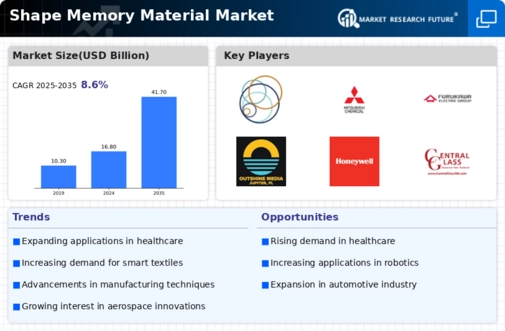
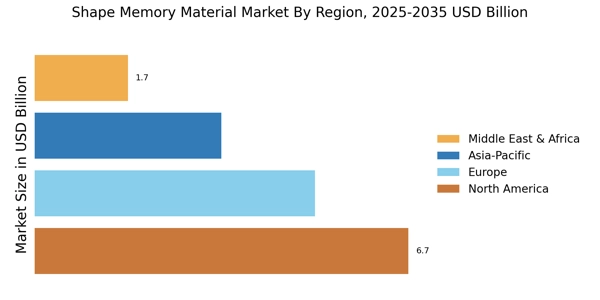
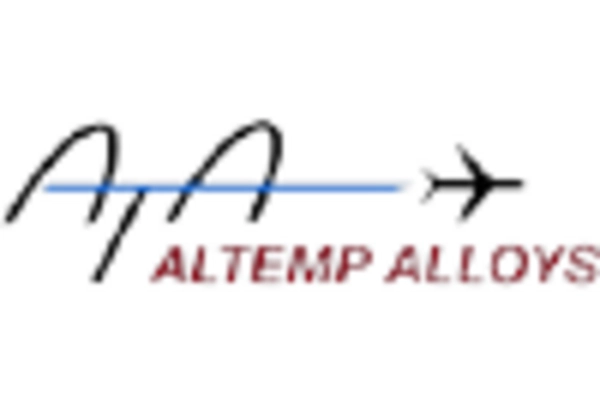


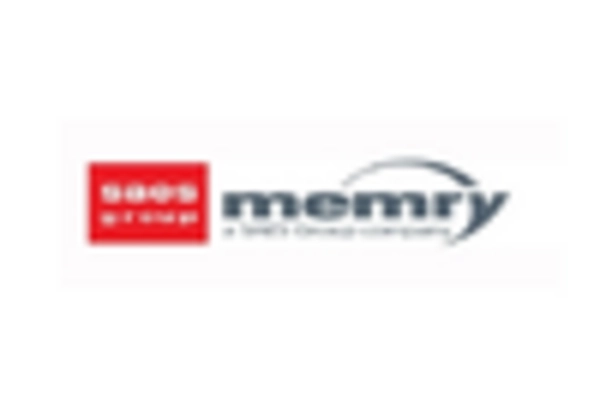

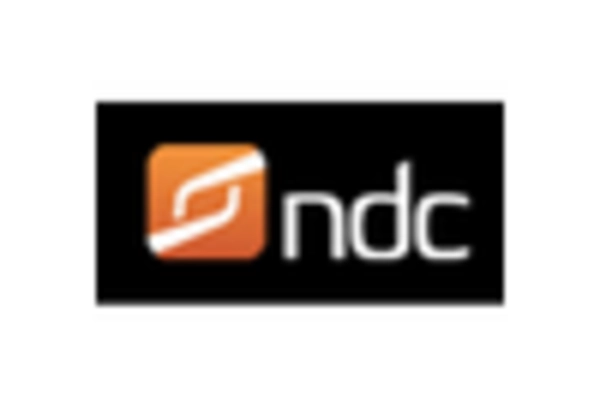








Leave a Comment